(Carlsbad Caverns National Park, New Mexico)
There’s no easy way to get to the Carlsbad Caverns — it’s a pretty remote destination, in the Guadalupe Mountains of southeastern New Mexico just north of Texas, and you’ll likely be driving most of a day to get there. The scenery on your drive will be typical rugged U.S. southwestern desert — cacti, grass, scrub, rocks, mountains and canyons. But the destination is very worth the effort because beneath the desert landscape lies a cool (nearly constant 56°F or 13°C) wonderland of caves and caverns. It’s the most beautiful cave complex I’ve ever been to and the sights from the cave’s mouth to the bottom of the caverns are remarkable and very memorable!
Unlike most limestone caves in the world, which are formed by running water and underground streams, the more than 100 caves of Carlsbad Caverns National Park are the result of sulfuric acid dissolving and redepositing minerals. This park was designated a UNESCO World Heritage Site by the United Nations in 1995 because, “They (i.e. the caves) are outstanding not only for their size but also for the profusion, diversity and beauty of their mineral formations.” You will visit only a few of these caves during your visit here; most are off limits and used for scientific research. But that won’t distract from your experience because what you you do get to see is truly spectacular!
(Carlsbad Caverns National Park, New Mexico)
Before your visit, it’s helpful to have a basic understanding of cave terminology because this jargon will be used often at the Park’s Visitor Center and will help you understand what you’re seeing. The beautiful formations are mostly made of calcite, gypsum and argonite. These tend to be clear or white in color, but leaching of other elements into these minerals can impart colors like yellow, red or brown. The following terminology is used in describing Carlsbad’s formations:
STALACTITE: A rock formation hanging from a cave’s ceiling, formed by mineral rich water oozing down, leaving their deposits before dripping off.
STALAGMITE: A rock formation on a cave’s floor formed by dripping of water, usually under a large stalactite and caused by the water depositing it’s minerals in a fairly small area. Stalagmites tend to be broader than stalactites.
COLUMN: A solid pillar of rock extending from the cave’s ceiling to floor, without interruption. Essentially a stalactite and stalagmite than have fused together.
DRAPERIES: Broad, sheet-like formations that are formed as water drips from a sloped cave ceiling. Like window drapes, they usually are pleated.
SODA STRAWS: Thin appendages from the roof of a cave, formed by dripping water from the ceiling. Originally hollow, like a drinking straw, they tend to become clogged with minerals and solidify. They are precursors to stalactites.
POPCORN: Small nodules, often aggregated, found on walls and formations. They are thought to have been formed by rising warm air causing evaporation of water, with irregular mineral deposition.
(Carlsbad Caverns National Park, New Mexico)
So with that knowledge at hand, you begin your journey of exploration. As you enter the main cave (natural entrance) you pass by the summertime home of a large colony of Brazilian (Mexican) free-tailed bats. Hundreds of thousands of these mammals live and raise their young here and you can watch them nightly as they spiral out of the cave on their “batflight” into the dusk to catch insects. This batflight is only to be seen in the summer as during the fall and winter months, the bats fly to Mexico. The natural entrance route then leads you deep into the cave; the descent is steep and several kilometers in length, but with interesting side chambers. Still, you need to be in reasonable health to walk down this route (an alternative entrance is the use of an elevator that descends over 750 feet (230 m) from the Visitor Center). Both routes lead into the Big Room which covers over eight acres, making it the largest cave in North America.
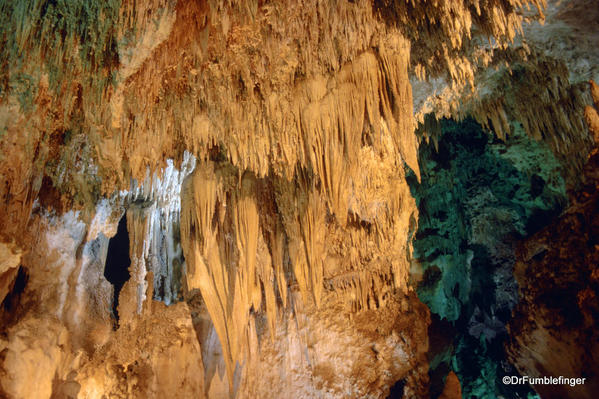 (Carlsbad Caverns National Park, New Mexico)
(Carlsbad Caverns National Park, New Mexico)
Besides a leisurely and civilized stroll through the main caves and seeing many unusual rock formation and bats, Carlsbad also offers opportunity for rugged primitive cave exploration, hiking, backpacking and astronomy; it’s clear skies lend themselves well to nighttime star gazing.
Be sure to bring a light jacket as the cave is cool even when the heat outside is blistering. And, of course, always use shoes with good traction. The desert can have rapidly changing and unpredictable weather. During our visit we were treated to the most amazing exhibit of lightening and thunder I’ve ever seen. So intense and frequent was the lightening, it seemed as though the nighttime sky was continuously lite as we drove back to our hotel in Carlsbad after watching the batflight at dusk.
(Carlsbad Caverns National Park, New Mexico)

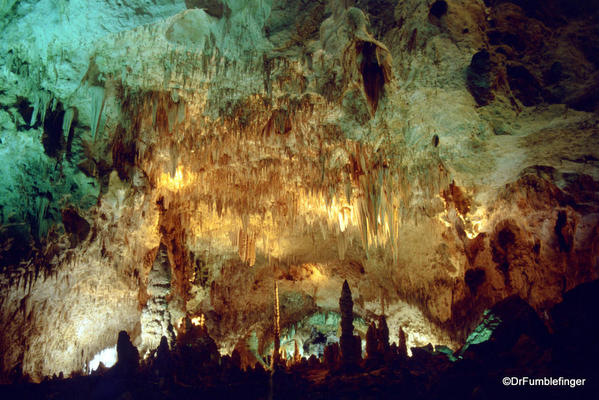
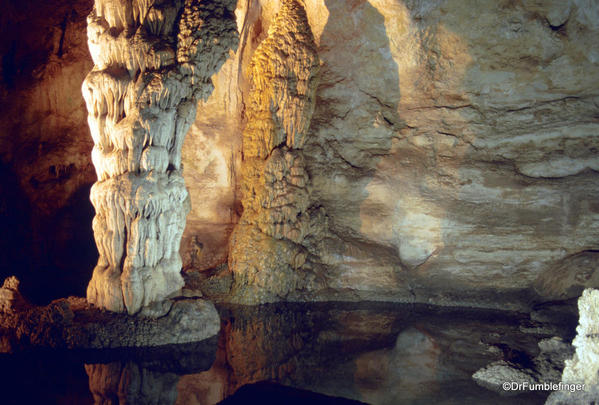
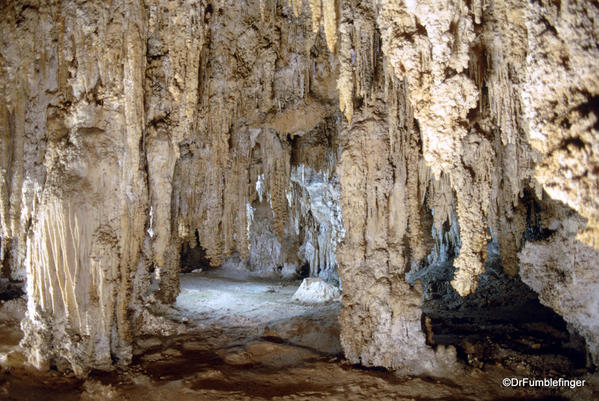
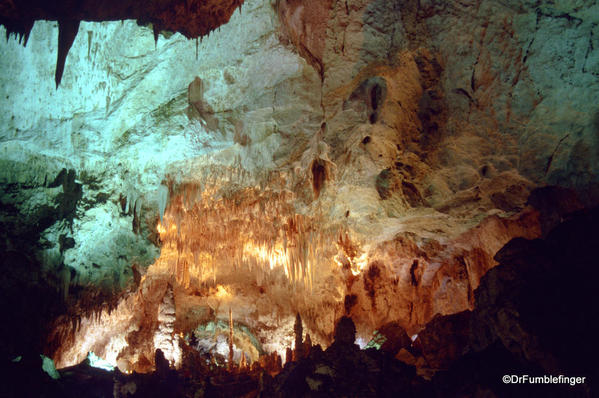
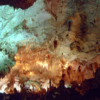
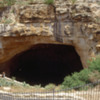
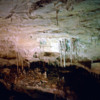
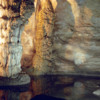
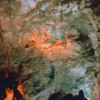
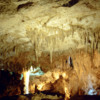
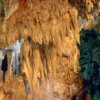
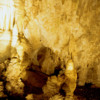
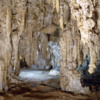
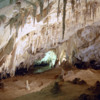
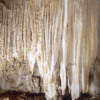
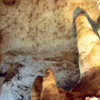
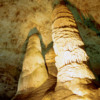
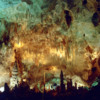
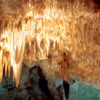
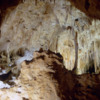
Comments (0)